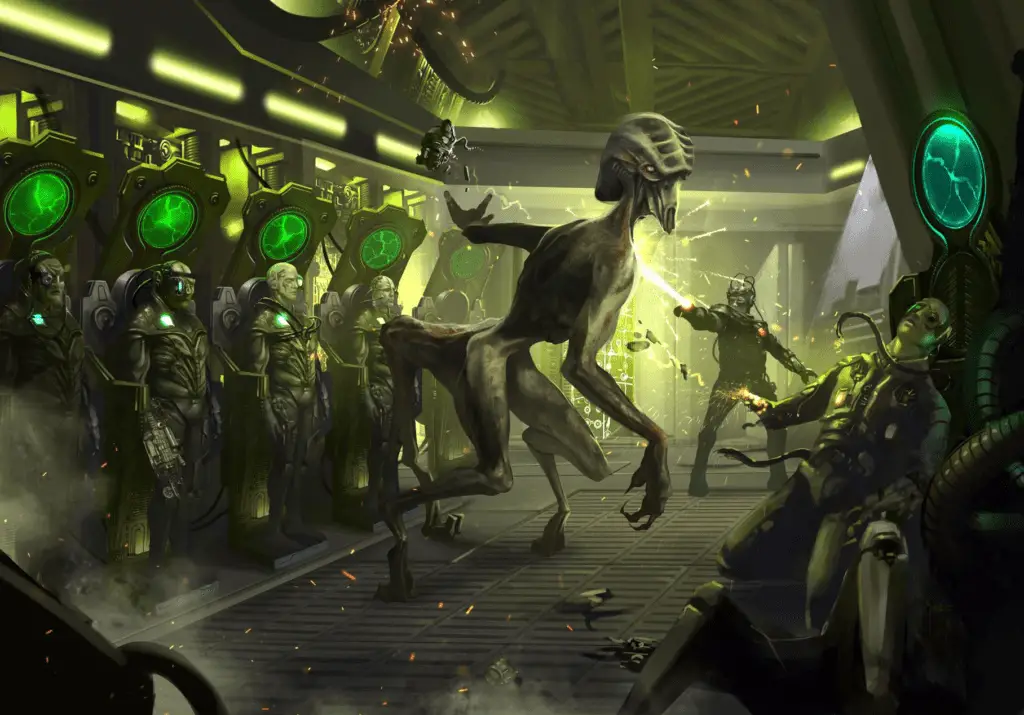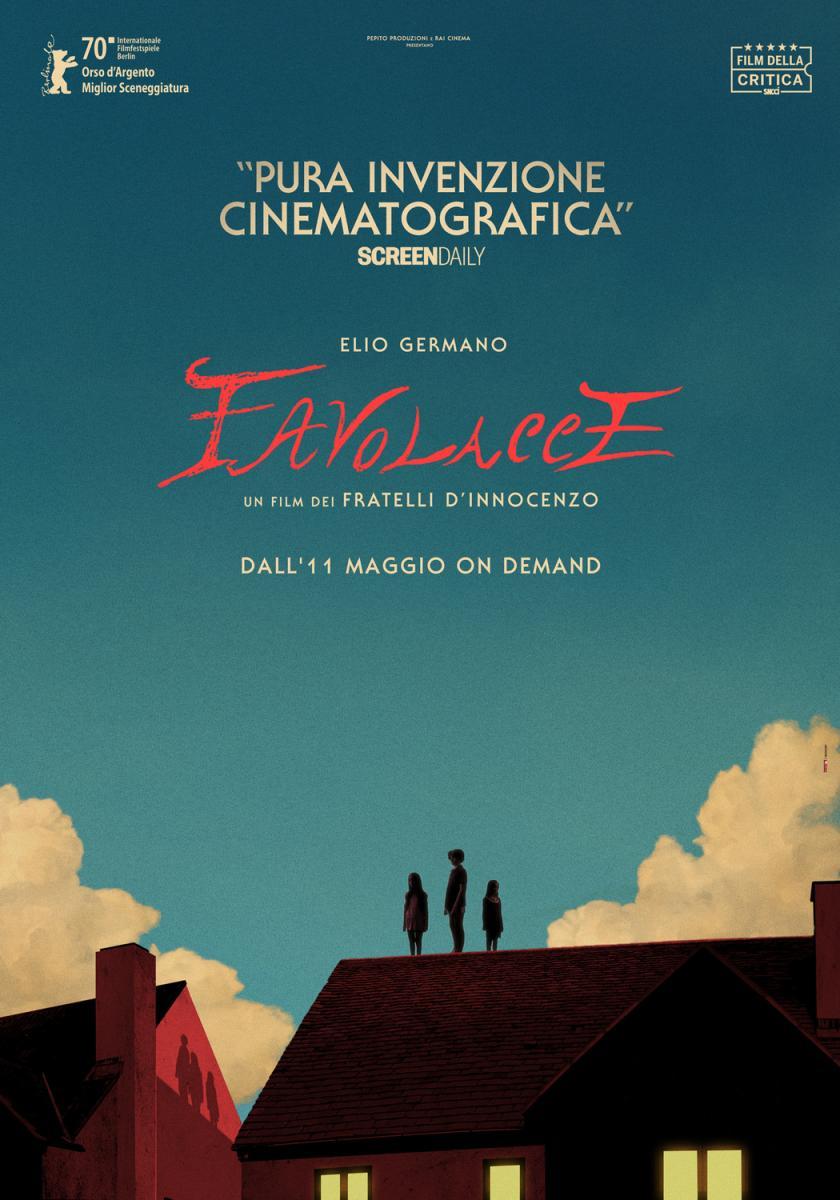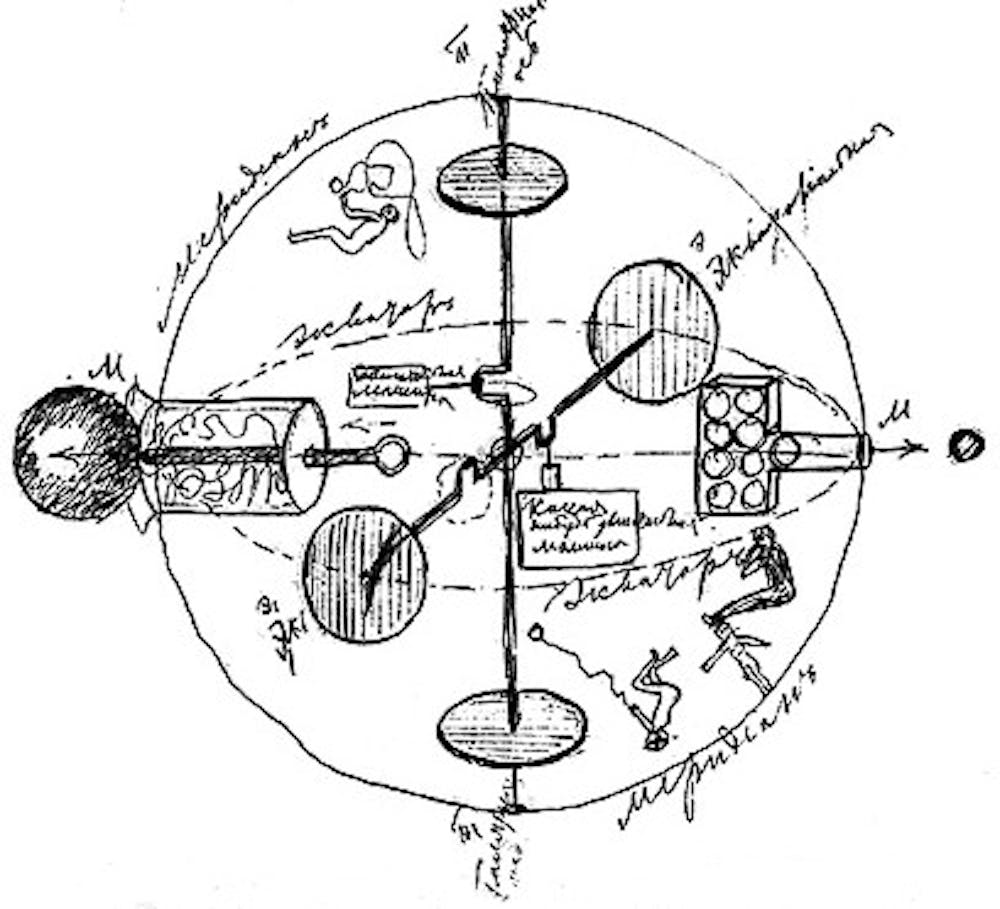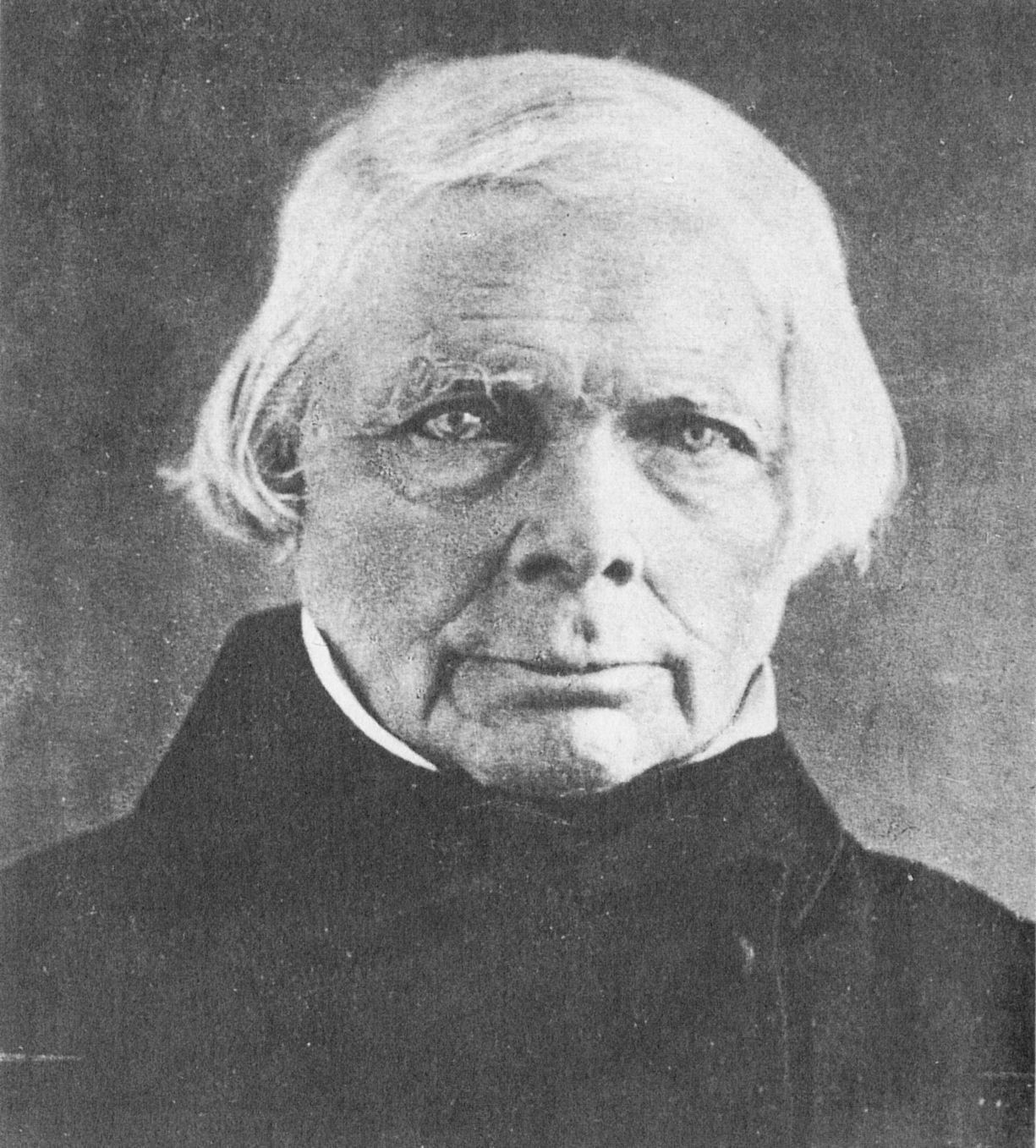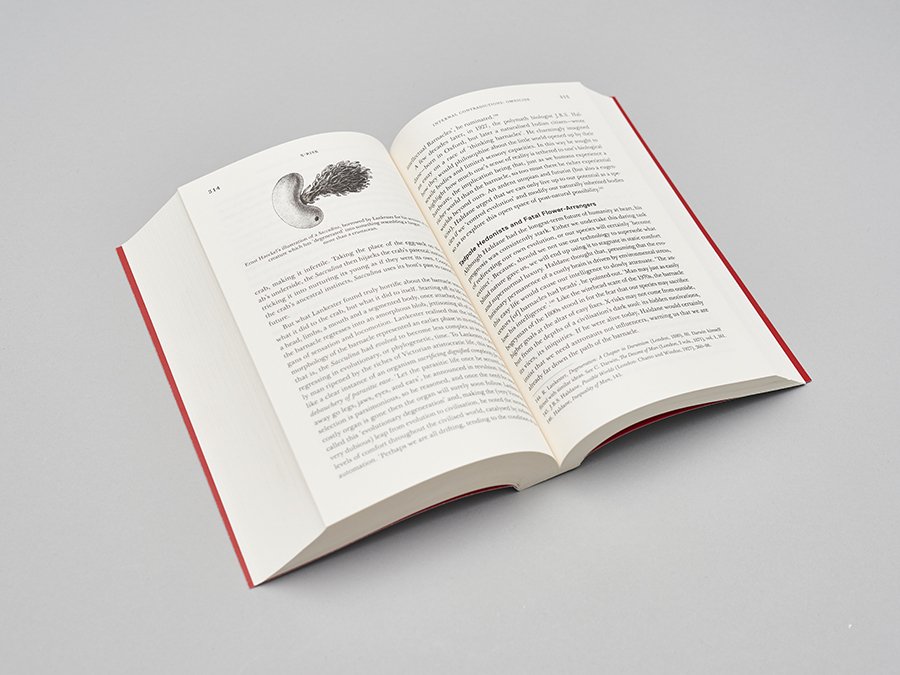[[Was not able to jot down my thoughts on it, but that time has finally come. If I am to agree with other reviewers, I would have to keep a blind eye to my own abysmal editing of Temporal Divergence and Cosmic Drift. So no complaints about typos. Good that I cannot or will not review my own book. I am all for systematicity, since my own instincts struggle with it and yet most of the time trying to find a clear path among the ferocious brambles of speculative theory fiction/SF fabulation defeats the purpose. I enjoyed the lacunae as well as the conceptual splits, nor was I deranged by an overwrought style, with my own checkered past and unnecessary terminological excess in mind.]]
So, “Slime Dynamics: Generation, Mutation and the Creep of Life”, a slim 80+ page volume, is worthwhile reading. More of an extended essay, and even out of Corona context, it’s a welcome mindfuck. It arrived in 2012, Ben Woodard’s tome is an early ZerO Books snapshot, born in the throes of new materialism, OOO, the ontological turn, a new appetite for metaphysics, speculative realism & horror of philosophy (one has to dig deeper into Jane Bennett, Meillasoux, Negarestani, Hamilton Grant, Ray Brassier, Eugene Thacker, Nicola Masciandaro, Steven Shaviro and others). It is prescient in its embrace of the putrescent & contagious and all things ‘biological’ that came to rule our quarantined days. It is biophilosophical as such and not just a tract on the philosophy of biological. Coming out of the various strains of non-correlationist thinking, it is an early, formative publication by a contemporary thinker whose involvement with natural history keeps on tracking conceptual clusters & updating a philosophy that kept itself too long at bay from evolving biological ideas. B Woodard’s texts are unavoidable for anybody interested even rhe slightest in these things. It makes a good untimely visit (or revisit) now, especially after the hype over ‘speculative realism’ is generally over.
On two accounts I consider Ben Woodard’s work important. First, from the standpoint of his familiarity and embrace of a whole plethora of weird and new weird literature, his unapologetic and almost relentlessly geeky – sticky ontological (?!) attitude towards all sorts of dirty media, no matter how remote trashy, be it over -theorized or not expunged from the canon. Secondly, these dumpster ‘horrorisms’ (from gaming, horror B movies fare, comics etc) are being stalked in a shambling lock-step by a whole gamut of Continental philosophy and Naturphilosophie + (more recently) ungainly(for me) and undigestible oddities such as the British Idealists. This includes a monography (which does not seem to be out yet, although finished) situating Francis Herbert Bradley at the very origins of that primordial split of Analytic vs Continental schools via monism & pluralism.
The Creep of Life – takes a cue both from Negarestani as well as Stephen J Gould.
I must say I never read Cyclonopedia by Negarestani, although his influence has been nearly ubiquitous in many quarters & given the proper treatment elsewhere, while for me S J Gould has been important on a personal level. He’s a truly formative influence on some of my earliest biological and natural history musings, so I’m always curious about any potential Gouldian cross overs. I was keen on a work that promises to juxtapose these incompatible, maybe even incompossible forces.
Woodard’s ‘Dark Vitalism’ – is a child of both lovecraftian radical openness (in fact he makes Lovecraft feel quite coy) toward unbearable outside dimensions (apud Negarestani). A radical opening that invites invasiveness, quartering, fostering and hosting the alien – as well as taking full advantage of how systematically Darwinism dispels any trace of human excepționalism & sense of purpose. Even a radical contingency as that of Meillasoux, the non-teleological keeps a lingering anthropocentrism, so Woodard makes sure any taxonomic superiority and upper level inevitability has to go. Evolutionary replays will not end up with the same or any kind of intelligence valorizing biped, math or no math. Against any vertebrate-centric or multicellular-centric view, S Gould, a Marxist paleontologist & naturalist, kept encouraging these views from the below – always disdainful & ridiculing our airs of superiority in regard to ‘humble’ Monera. This ‘low’ bacterial dimension, a planetary microbiome that extends in all directions, became protoplasmic base reality (something else than just the impeding doom of pathogenicity) -moving slowly into quorum sensing limelight, one that Gould would have undoubtedly recognized.
For Woodard the critical distance from strict adaptionism, Panglossian radical selectionism & selfish genocentrism peddled by the neo-Darwinian apostles (prominently Richard Dawkins), germinates what S J Gould seeded, stemming from a vast, historically grounded encyclopedic knowledge of evolutionary ideas, humanism & many byways of natural history amd geology + making sure many racist pseudo-sciences & faulty methodologies don’t get a second chance (phrenology, IQ testing etc that informed eugenic immigration policies in the US etc). This prepares one for tackling any socio biological vagaries, whatever one-sided Consilience: The Unity of Knowledge epistemic fraternization might promise us, or whatever circular ‘just so’ stories of the day might become institutionalized as evolutionary psychology trivia.
Slime Dynamics does not trace all this, and maybe better so, since it is tracking some more rare, viscous and opaque protoplasm – the one that tends to be avoided even by the best of biologically- literate philosophers (the usual French suspects: Bergson, Merleau-Ponty or Deleuze). It is as if thinking about living thought gets obscured, killed at birth, muddled whenever brought down in the mud it came from, just the minute it gets reminded where its mindfulness oozes from.
In a time of lacking transparency, of dodgy accountability, when black-boxed (and quite racistic) AIs become existential threats and discrimination machines, this ‘darkness’ might seem completely out of tune. Corona Pandemics, fake news, and G Agamben letters of biopolitical conservatism, ‘dark vitalism’ itself feels somewhat unnecessary, an exaggerated – Lebensphilosophical – mystification. Yet ‘darkness’ – does not equal obscurantist add-ons to obfuscate even more & multiply misunderstandings, or inflame anti-scientific pathos with more or less misplaced mistrust in sometimes imperfect yet badly needed biomedical advances.
First things first, Slime Dynamics is steeped in the purposelessness of evolutionary drift, it is abiogenesis – friendly even when discussing outrageous panspermia, and it is clearly familiar with experiments/scientific theories or the historical significance of discovering deep time. This possibility to think beyond the biotic dimension & into unthinking anorganic origins of life keeps on overflowing, forever unsettling our relation to pure data & mere science reports. Slime Dynamics always enjoys using biologically informed horror in order to both update & degrade philosophy and dissolve the anti-biology inhibitors that have plagued phenomenology and Continental or Critical thought in general. It ultimately takes the obscene results and cool research data of science to their ultimate, unflattering devastating conclusions. In order to dispel this ‘darkness’ of the dark I am quoting the threefold aspects that Ben Woodard attributes to this new (deep time inflected) mostly unwanted vitalism:
“1. It is dark because it is obscured both by nature (who is to say that we can divine and comprehend the details of the universe from our limited brains) and by time (we are at a temporal disadvantage in trying to discern the creation of all things) since the cause of most of the nature we know has fallen back into the deep past.
2. It is dark because it spells bad news for the human race in terms of our origins (we are just clever monkeys that emerged as a result of a series of biological and cosmological lucky breaks), our meaning (we are just meat puppets based on our construction), and our ultimate fate (Earth will die and we will probably perish if not with it then eventually with the universe).
3. It is dark on an aesthetic and experiential level our psychosocial and phenomenological existence is darkened and less friendly to us, and our perceptions, given the destructiveness of time and space.”BW
Viruses and epidemiology play an important place in Slime Dynamics and spell out some of the most unsettling truths we have since come to loath, but can never ever again ignore (with the inception/global expanse of the Corona Pandemic). It is almost too close to home now that a very simple event of disease spillover, of outside contagion teaches us something the hard way about either complexity or basic simplicity – that medical under-development and patent trolling brings under capitalism.
Mushrooms and the fungoid also play an important role in Slime Dynamics, and I might say this is my favorite part since most of the newer The Mushroom at the End of the World: On the Possibility of Life in Capitalist Ruins valuable additions tend to skip the central disgust associated with the undergrowth, the eminently -putrescient- slithering of hyphae or even the unavoidable weird (speculative lit) aspects that subtend it. In particular, space-time for Woodard is always warped along fungal apparitions – contrasting it with the networked contagion (“time overcoming space), the amorphousness and formlessness of fungal life is that of “the spatial overcoming time”, dragging life below ground, making it reliant upon down-trodden, plentiful disaggregation, dependent on the inorganic.
Slime Dynamics comes as good critical reminder of classical (altough contemporary xenobiology seems to have evolved) teleological attachments, its unimaginative program of ‘intelligent’ contact out there, its ignorance of the extremophilic non sapient possibilities out here. Slime Dynamics makes a fungus thriving inside a Chernobyl sarcophagus a much better candidate for sentient alien contact at home as well as outside of the bounds of our evolutionary bland & stationary ‘pinnacle’ position.
I think Naturphilosophie has waited much too long for a comeback, and that J G Fichte and F W J Schelling in their liminal situation btw Kant and Hegel may act like a philosophic slime-mold, a composite multi-phase creature or answer to the Kantian-Blumenbachian program that can be many things at once, or one unified thing at different times.
Slime Dynamics takes an important cue from H Grant making Nature After F W J Schelling as contemporary a thing as any nowadays, not just by mere retro recovery but by extending & activating ‘power metaphysics’ overall. Ben Woodard is well able to critically siphon out any romantic excess of Schelling – without jettisoning the precedence Schelling gave to base nature over thinking, as well as him being well aware of how intelligence (or better sapience) has been preserved apart from an inescapable basic materiality that keeps clinging to our angel wings. A clinging hodologic mucus not be confused with a pre-packaged and regurgitated as fixed ‘human nature’.
A neo-Schellingian vibe lures our attention towards the net forces operating on environments, bodies and especially on thought as explored by another relatively forgotten German Naturphilosoph – Kielmeyer. Schelling is critical of vitalism because of his aesthetic romantic leanings, because ‘vitalism’ per se seems to entail something contradictory to him, almost feet in the sky, unopposed by any equal force, just forever exhaustive matter. Schelling thus appears to have been priming us for ‘dissipative structures’ – for riding vortices as the Russian-Belgian physical chemist Ilya Prigogine thaught us. Maybe we have here the same ‘aesthetic’ engagement that seriously considered totality as a conjunction of opposing forces, of intensities & contrasts also vital in – A N Whitehead’s cosmological scheme, as he also came to appreciate the Romantics, beside his interest in metaphysics & history of science. To me, although Whitehead never mentions any specific German Naturphilosoph but only their British poet- adepts, he seems to qualify ‘eternal darkness’ in manner quite close to Schelling as “an environment of vagueness stretching into the darkness of what is merely beyond”.
What i miss from Woodard’s examples are maybe hints of an eastern ex Socialist SF slime – as the DDR movie Der Schweigende Stern 1960 loosely based on Stanislaw Lem’s The Astronauts. During the the shoots it apparently used up the whole country’s whole supply of glue. These tons of glue were used to simulate a post apocalyptic Venusian surface. This civilizational residue of muck overflows everything, a preview warning of the ultimate no-return extinction, if we would choose to follow the same path of megadeath militarism & weaponized science.
But let’s see how Woodard keeps on smearing ardently cleaned paths from this history of philosophy with a necessary creepiness that is of great benefit, so I better leave him the last word:
“The material being of humans, and of all life is a slimy one. Slime is the smudge of reality, the remainder and reminder of the fact that things fall apart. The shining path of humanity is only ever the verminous – like the trail of our own oozing across time and space – the trace and proof of our complete sliminess trough and trough.”BW
Swarming , extra-dimensional or extra-galactic organicisms and entities mentioned by Ben Woodards in his book Slime Dynamics:


Illustration for Clark Ashton Smith’s The Tale of Satampra Zeiros ; Andrea Beré







